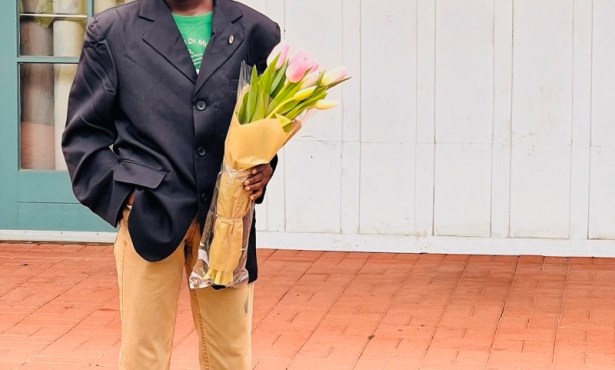Danish String Quartet at UCSB
The DSQ Performed Works by Beethoven, Janáček, and Mendelssohn
When they touched down at UCSB’s Campbell Hall on Tuesday, March 1, it was easy to see (and hear) why the Danish String Quartet have become one of the hottest attractions on the international classical circuit. Fredrik Oland, Rune Tonsgaard Sorenson, Asbjorn Norgaard, and Fredrik Schoyen Sjolin may have the hipster good looks of a stylish rock band, but their performance is rooted in a tradition of string quartet practice that goes back centuries. By bringing the freshness, vigor, and even irreverence of youth to elegant, sophisticated renditions of important works from the string quartet repertoire, they are uniting a new audience of people their own age and younger with those who have long cherished this music.
The program began with the Quartet no. 6 in B-flat Major from Beethoven’s early cycle Op. 18. This work—the last of Beethoven’s first set of string quartets—ends with an unusual movement that has earned its own nickname, “La Malinconia.” Alternating between Adagio and Allegretto quasi Allegro themes, the piece established the premise of the evening’s program, which was the at times complicated relation between musical pleasure and melancholy feelings. In other words, why does sad music sound so good?
The String Quartet No. 1 “The Kreutzer Sonata” of Leos Janáček followed, and listeners were ravished by the group’s masterful command of the composer’s abstract narrative art. The evening’s highlight came last, as the performance of Mendelssohn’s String Quartet in A Minor, Op. 13 was consistently thrilling and brought out all the mixed emotions promised from the beginning. Written in the aftermath of a failed love affair by a brilliant 17 year-old with no inhibitions about expressing his feelings through music, it made a captivating conclusion to a great concert.



